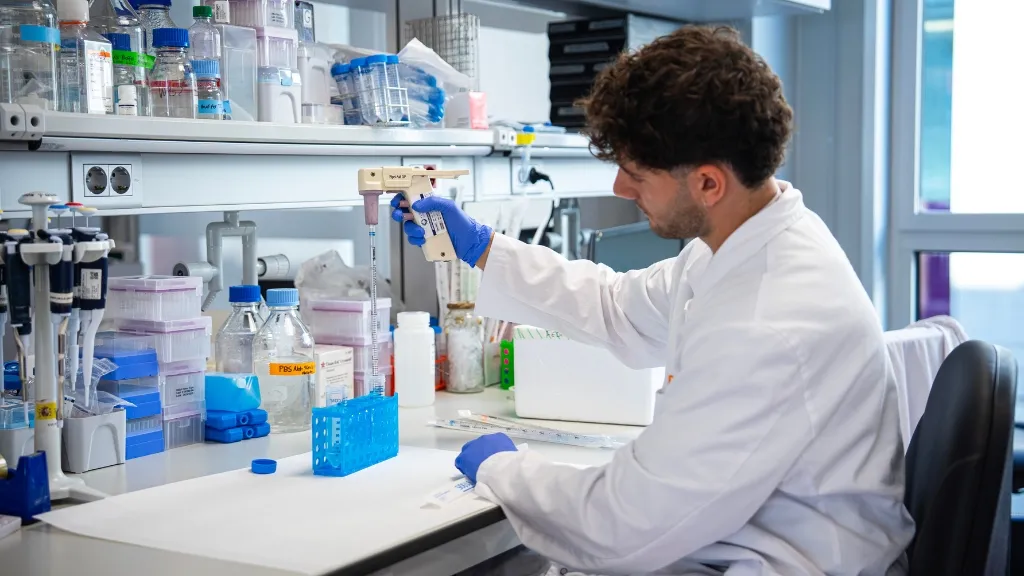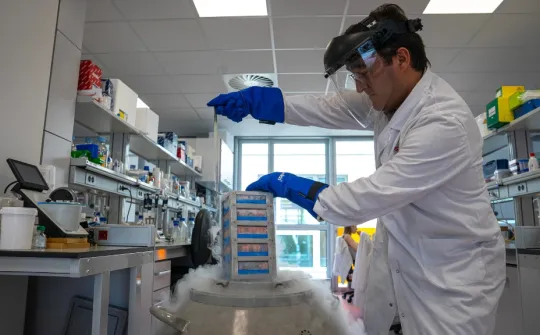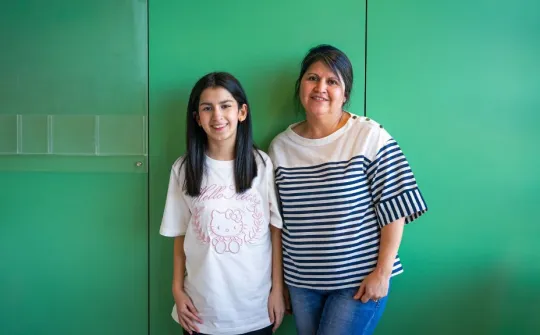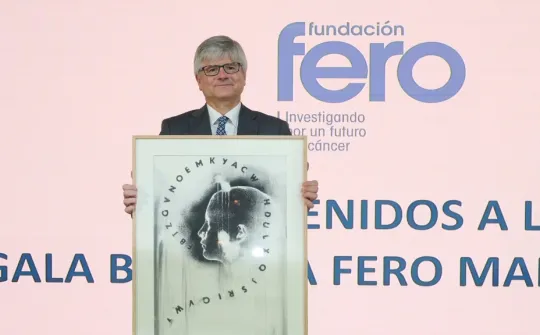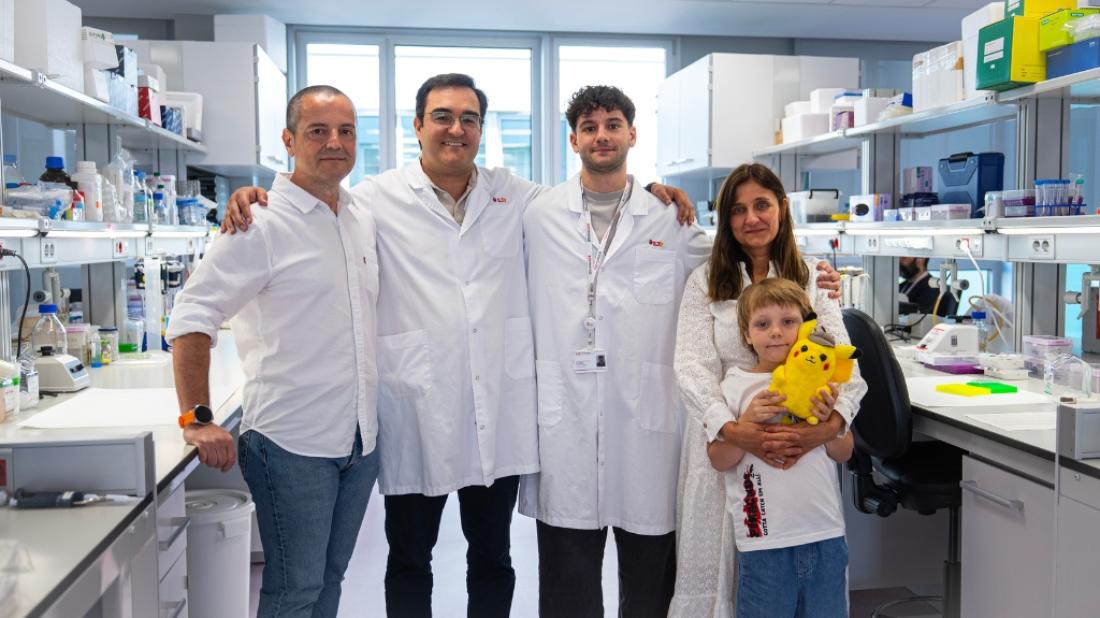
This selfless gesture made by Lucía's family, as well as another 34 families, has made it possible for a team of researchers to identify the protection mechanisms present in the most lethal type of pediatric cancer.
A team of researchers at the SJD Barcelona Children's Hospital - IRSJD has been able to identify the mechanisms present in one of the most lethal kinds of pediatric cancer, the diffuse intrinsic pontine glioma (DIPG), which circumvent immune system reactions and impair the effectiveness of treatments. This research project was made possible thanks to 35 families of children who sadly passed away from this disease, who selflessly donated their child's brain tissue for use in research.
One of those families is Lucia's family. This young girl from Barcelona was only eight years old when she was diagnosed with a DIPG in late March 2014. ‘Lucía had been having headaches and we took her to see her pediatrician, but there was nothing that stood out about the pain, so we didn't associate it with a severe health problem. Doctors decided the headaches were related to a vision issue and they referred her to Ophthalmology,’ recalls Lucía’s mother, Noelia. ‘One day, as well as complaining of a headache, we noticed that she was struggling to pronounce certain words, so we decided to take her straight to a private clinic,’ notes the father, Alfonso.
It was there that she had an MRI and they found a tumor. A few hours later, she was transferred to the SJD Barcelona Children’s Hospital, the leading facility in pediatric oncology. ‘Here,’ recalls the father, ‘they told us about the prognosis for Lucía’s condition, they told us it had no cure and they explained the different phases of the disease. It was extremely difficult, but they did it with empathy, compassion and earnest. In the space of a few hours, we went from talking about a headache to getting the worst news that a parent could get.’
Not long after, oncologists at the SJD Barcelona Children's Hospital suggested performing a biopsy so they could study the tumor. ‘Honestly, we were really unsure because it was a complex operation, but the neurosurgeon gave us a detailed explanation of the procedure and really put our fears to rest, so we went for it,’ says Alfonso. The girl was also a participant in one of the first clinical trials of dendritic cell immunotherapy being carried out at the hospital.
Donating to research
When Lucía passed away in June 2015, the medical team offered Alfonso and Noelia the choice to donate their daughter’s brain tissue to research. ‘We accepted without hesitation. When something like this happens to you, it makes you feel powerless,’ explains the father. ‘There is nothing else you can do for your daughter other than look for the best medical staff there is to give her the best treatment possible and to have as good a life as she can in the time she has left. Now we know that donating our daughter’s brain tissue to research has, in some way, helped other children have a better hope for the future.’
Sete, Lucía's brother, also found a way to pitch in to helping advance research into severe diseases. He was only 10 years old when his sister was sick. His father remembers that, one day, Ángel Montero—one of the leading members of the pediatric cancer research program at the SJD Research Institute—invited them to the laboratory to discuss the various lines of research into DIPG that were being followed. ‘Sete came with us that day, and it turned out to be very educational. Years later, he told us he wanted to get into research work himself,’ recounts the father.
’I don't remember those years very well,’ says Sete. ‘I remember that day left a huge impression on me, that I left thinking that they did vital work there because they made cures for diseases. I don't think I knew it at the time, not until years later actually, that I wanted to become a researcher in the field of oncology.’
Sete is currently studying biotechnology. This summer, he did his placement on Ángel Montero’s team, the same team that was able to find new strong and weak points of the cancer that led to his sister's death. Now, researchers are focused on finding a treatment that is able to fight the disease.
